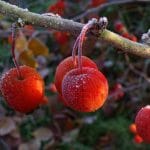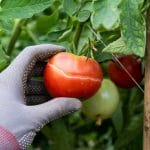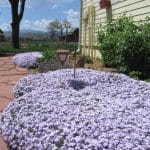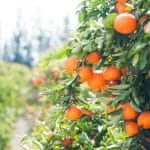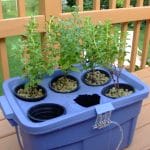My Fruit Tree is Sick, How Can I Fix It?
Fertilizing & Nutrition Fruit How To's Trees & Shrubs Watering
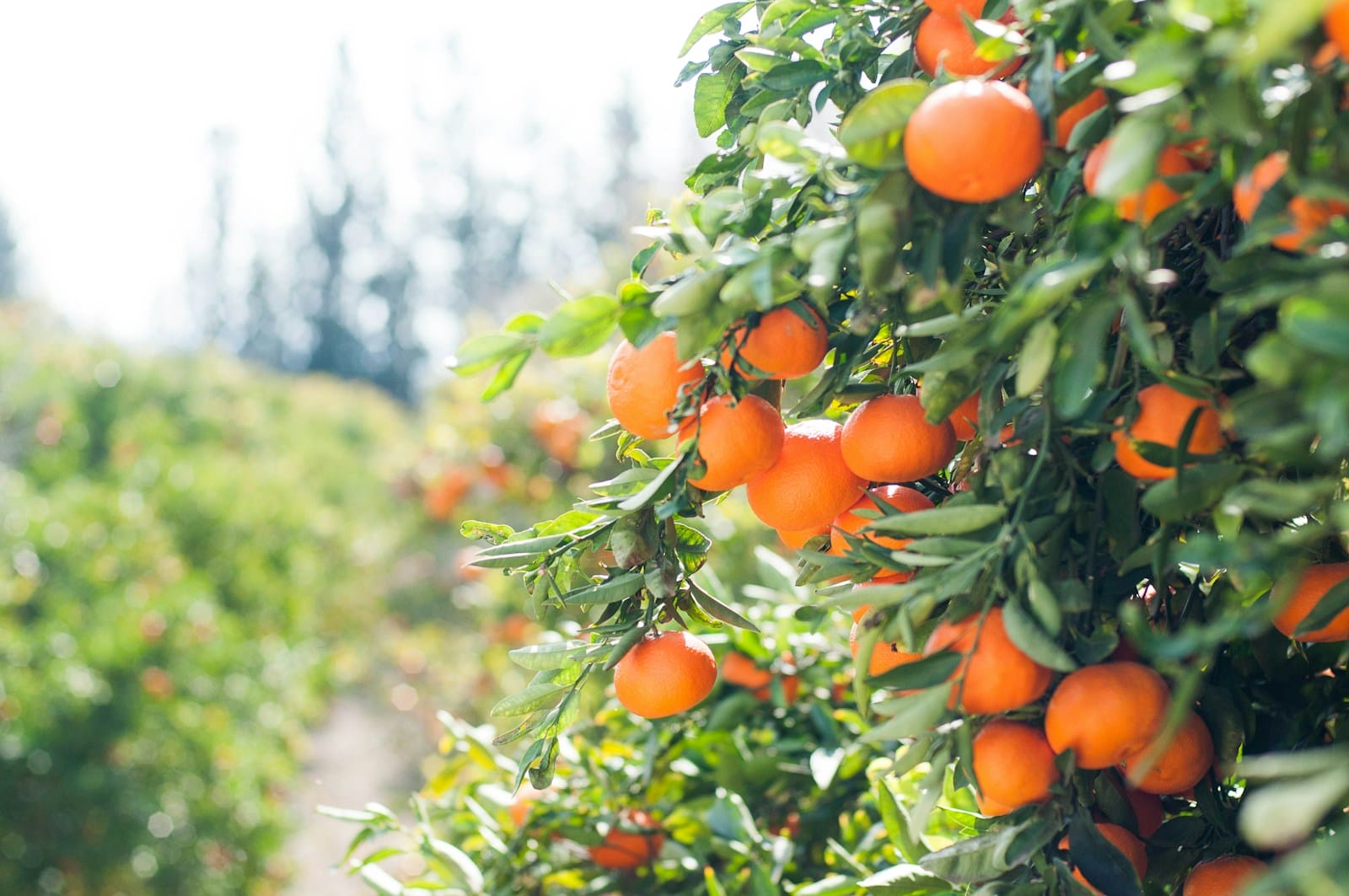
If you’ve ever walked out to check on your fruit tree and noticed yellow leaves staring back at you, you know that sinking feeling in your gut—the kind where you’re already picturing your summer fruit pies disappearing into thin air. I’ve been there — coffee mug in hand, standing under the branches, wondering if I’d somehow insulted the tree in my sleep. But here’s the thing: yellow leaves are just your tree’s way of saying, “hey, I am not feeling well and I need your help”.
Step One: Don’t Panic (Yet)
First, remember this: trees naturally shed leaves. Whether it’s seasonal, stress, or part of their natural cycle, it is normal (usually). But if the yellowing is widespread or happening in the middle of the growing season, it’s your cue to investigate.
Step Two: Look at the Basics — Water
Nine times out of ten, the problem comes down to water. Either too much or too little.
A fruit tree’s roots like things just right — not sitting in a swamp, but not bone-dry either. Stick your hand into the soil a few inches deep. If it feels dry as a cracker, your tree’s thirsty. If it’s soggy enough to make mud pies, you’re overdoing it.
One July, I thought I would give my kid some summer fun and turn her loose with the hose, but I got distracted, and an hour later, she was off doing something else while the hose was on full blast and was basically drowning the poor orange tree. Roots need oxygen, and constant wet soil cuts that off. It’s like you trying to breathe underwater. The leaves yellowed. It took a while to let the soil dry a bit between waterings, but the color came back.
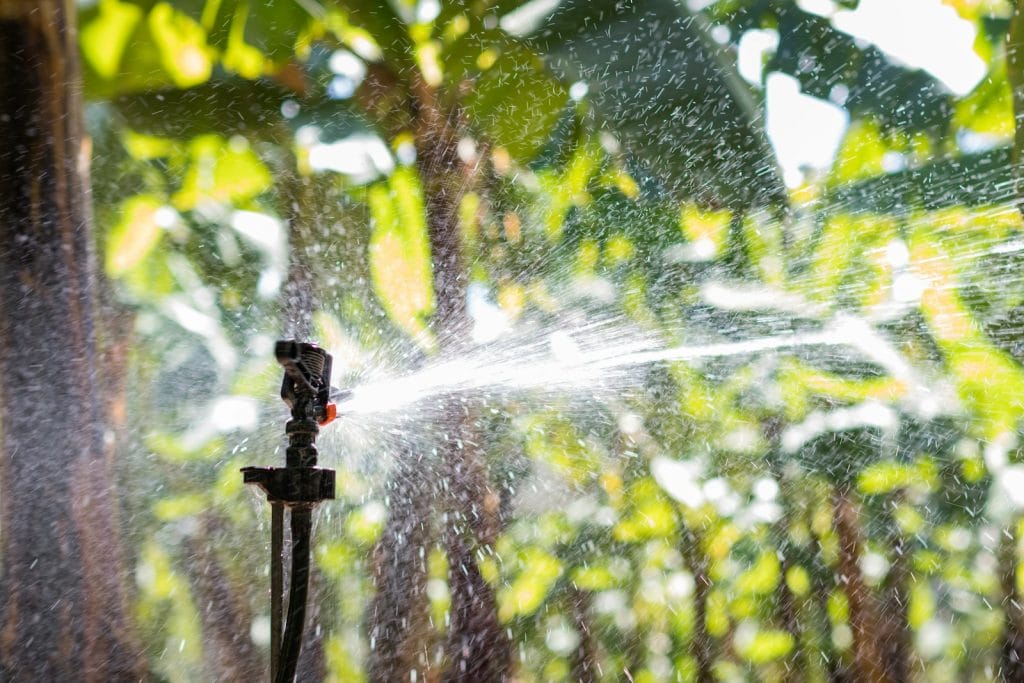
Step Three: Check the Food Supply
Yellow leaves might also be a sign that your tree is hungry for nutrients it can’t get from water alone, especially nitrogen or iron. Trees pull these nutrients from the soil, but if the pantry’s empty, they let you know.
A balanced organic fertilizer made for fruit trees can work wonders. I like to give mine a boost in early spring and again mid-season. Look for one with a slow release — you don’t want to give them a sugar rush; you want a steady meal.
If you’re not sure what is needed by your tree, a simple soil test performed by your local extension office will tell you exactly what’s going on. I’ve done this for years, and it’s saved me from guessing and wasting money on the wrong fertilizer. A local extension office is part of the Cooperative Extension System, a nationwide network run through U.S. universities (often land-grant universities) in partnership with the USDA.
Every county or region has its own office, and their whole job is to give free or low-cost, research-backed help to home gardeners, farmers, and communities. They’re the folks who can test your soil, identify plant diseases, and give you science-based advice for your specific climate and soil type — without trying to sell you anything.
Step Four: Trim and Tidy
Sometimes, yellow leaves are just old leaves. Trees shed older growth to make way for new. But if you see dead or diseased branches, it’s best to prune them out. This keeps the tree focused on healthy growth and fruit production.
I keep my pruners sharp and clean — a quick wipe with rubbing alcohol between cuts helps avoid spreading disease. Think of it like giving your tree a haircut and a hygiene check at the same time.
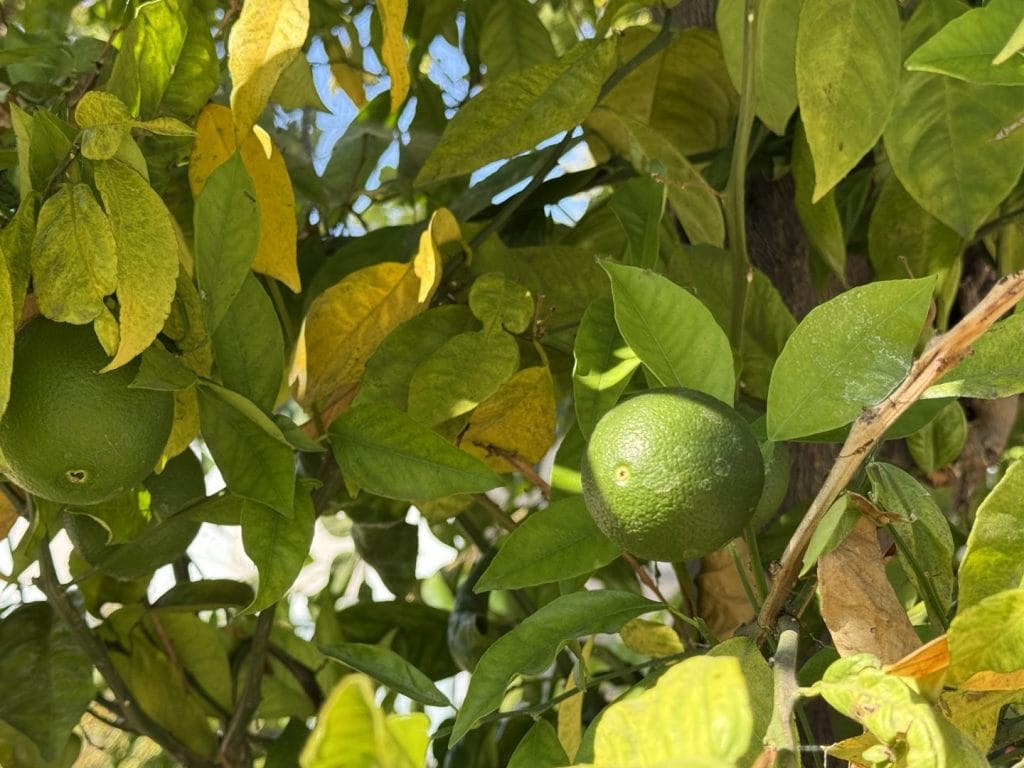
Step Five: Watch for Uninvited Guests
Pests and diseases can also cause yellowing. Aphids, scale insects, and fungal issues like rust or leaf spot can sneak in and start trouble. Flip a leaf over and check the undersides. If you see bugs, sticky residue, or weird spots, you’ve found your culprit.
I try to stay organic with pest control — neem oil, insecticidal soap, or a strong spray of water can keep minor infestations in check. For bigger problems, I’m not shy about calling in a professional arborist. Sometimes a trained eye can spot issues before they escalate.
Step Six: Think About the Tree Roots
Fruit trees can actually get depressed if their roots have nowhere to spread out or become damaged. Construction nearby, root rot, or even planting too deeply can stress them out. If your tree’s young and not well established, give it time. If it’s older, think back to any changes in the yard over the past year. Trees remember.
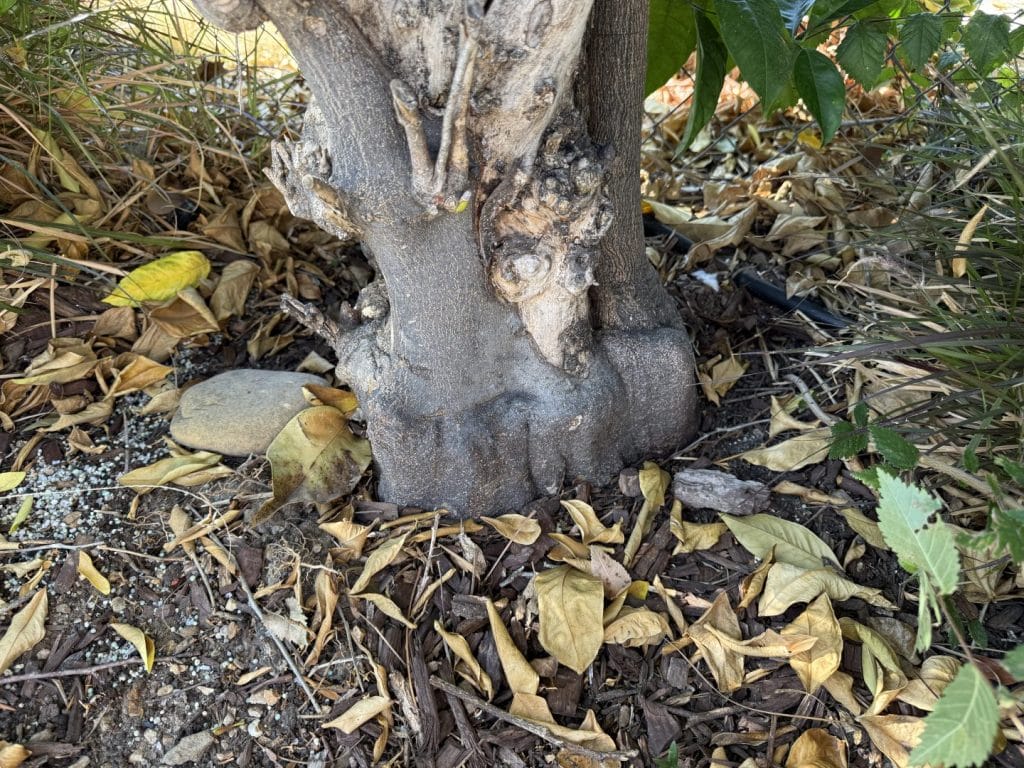
Step Seven: Be Patient
Even after you’ve fixed the problem, it can take weeks for the tree to bounce back. Leaves that are already yellow won’t turn green again, but new growth should look healthy. Keep an eye on things and resist the urge to keep changing your approach every few days—trees like steady care, not constant fussing.
My Own Hard-Learned Truth
The first fruit tree I ever planted — a peach — taught me patience the hard way. I fussed over it like a helicopter parent. Too much water, too much fertilizer, too much worry. It didn’t fruit that year, and I played the blame game on everything I could think of (ad nauseam to that). The following year, I stuck to a routine and gave it space to grow. That summer, voila! Peaches galore.
Gardening is a partnership. The tree does its part if you do yours. And sometimes, “doing yours” means stepping back and letting nature do her work.
Quick FAQ for Yellow Leaves on Fruit Trees
Q: Should I fertilize a fruit tree with yellow leaves?
A: Maybe — but only if a soil test shows it’s lacking nutrients. Over-fertilizing can cause more harm than good.
Q: How much water should my fruit tree get?
A: Aim for deep watering once a week during dry spells — about 10–15 gallons for young trees, more for mature ones, depending on size and soil type.
Q: Can pruning help with yellow leaves?
A: Yes, just like a haircut can help your hair health, pruning improves airflow and light.
Q: When should I call a professional?
A: If you’ve checked water, nutrients, pests, and pruning but the problem persists, or if the yellowing is sudden and severe, an arborist can help diagnose hidden issues.
If you’ve got a sick-looking fruit tree right now, don’t lose heart. Most of the time, yellow leaves are your tree’s way of waving a little flag that says, “Something’s off — please check.” A little attention to water, food, pests, and pruning, and you’ll usually see the tide turn. And when you finally bite into that first sweet piece of fruit from a tree you’ve nursed back to health, you’ll understand why gardeners like me keep showing up, season after season.
Share this post
All categories
More From The Garden
Disclosure: This post may contain affiliate links. That means if you click and buy, The Bright Garden may earn a small commission, at no extra cost to you. We only recommend products we’ve vetted and believe will benefit our readers.


